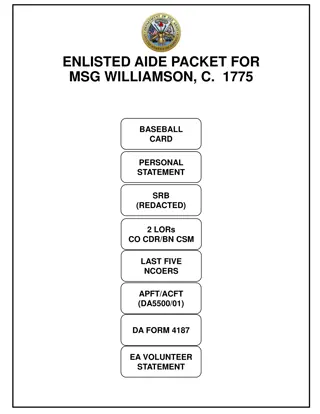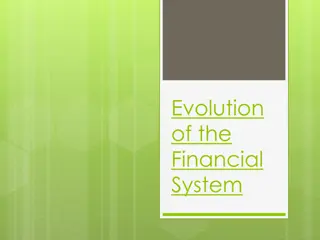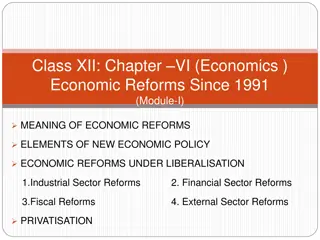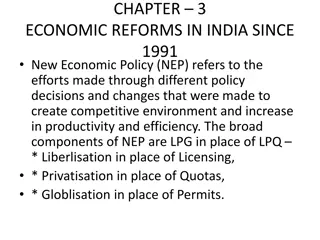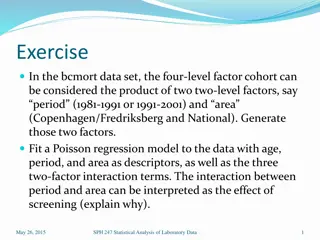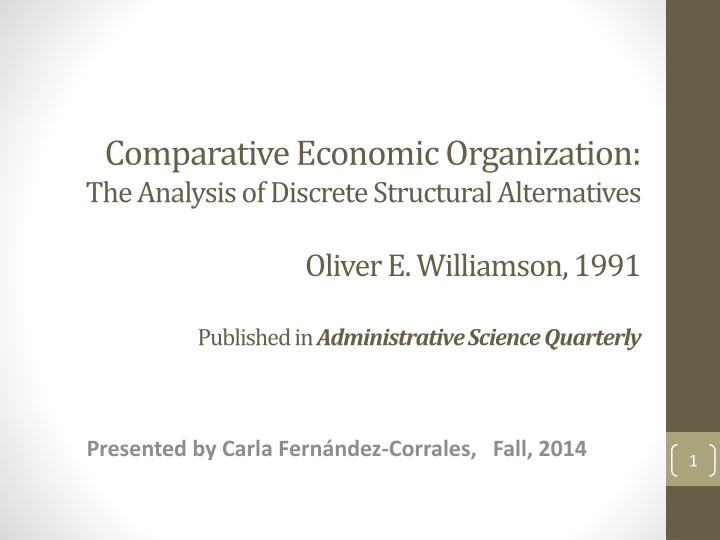
Analysis of Economic Organization by Oliver E. Williamson
Delve into the comparative economic organization analysis by Oliver E. Williamson in his groundbreaking work. Explore the distinctions between market, hybrid, and hierarchy structures and how they impact governance and institutional economics.
Download Presentation

Please find below an Image/Link to download the presentation.
The content on the website is provided AS IS for your information and personal use only. It may not be sold, licensed, or shared on other websites without obtaining consent from the author. If you encounter any issues during the download, it is possible that the publisher has removed the file from their server.
You are allowed to download the files provided on this website for personal or commercial use, subject to the condition that they are used lawfully. All files are the property of their respective owners.
The content on the website is provided AS IS for your information and personal use only. It may not be sold, licensed, or shared on other websites without obtaining consent from the author.
E N D
Presentation Transcript
Comparative Economic Organization: The Analysis of Discrete Structural Alternatives Oliver E. Williamson, 1991 Published in Administrative Science Quarterly Presented by Carla Fern ndez-Corrales, Fall, 2014 1
About Oliver E. Williamson American economist Professor at the University of California, Berkeley Nobel Memorial Prize in Economic Science (2009) Transaction cost economics theory 2
Research Purpose To identify and explicate the key differences that distinguish three generic forms of economic organization: market, hybrid, and hierarchy To unify two disjunctive areas of institutional economics: the institutional environment and the institutions of governance 3
Discrete Structural Analysis Factors that support discrete structural analysis in the paper 1. Firms are not extension of markets but employ different means 2. Discrete contract law differences support and define each form 3. Marginal analysis is concerned with second order effects economizing (via discrete structural governance) is first order Contract Law 1. Classic contract law (Williamson, 1979, 1985) 2. Neoclassical contract law Neoclassical contract law is characterized by the excuse doctrine and forbearance (hierarchy) 4
Discrete Structural Analysis The underpinning rationale for forbearance law 1. Parties have deep knowledge of dispute and efficient solutions (it would be costly to communicate them, and they may not be verifiable outside the organization) 2. Permitting internal disputes in courts would undermine the nature of the firm. First-Order Economizing Effective adaptation and elimination of waste Allocative efficiency Neglect of organizational efficiency 5
Dimensionalizing Governance The discriminating alignment hypothesis: Transactions (which differ in their content) are aligned with governance structures (which differ in their costs and competencies). Adaptability Adaptation (A): Autonomy Adaptation (C): Cooperation Incentive/control instruments 6
Discriminating Alignment Asset specificity The degree to which an asset can [not] be redeployed to alternative uses and by alternative users without sacrifice of productive value Asset specificity distinctions 1. Site specificity 2. Physical asset specificity 3. Human-asset specificity 4. Brand name capital 5. Dedicated assets 6. Temporal specificity 8
Comparative Statistics To consider how equilibrium distributions of transactions will change in response to disturbances in the institutional environment Choices are discrete 1. Property rights 2. Governmental expropriation 3. Leakage 4. Contract law 5. Reputation effects 6. Uncertainty 10
Comparative Statistics Uncertainty 11
Conclusion The economic problem of society is described: adaption, autonomous and coordinated kinds Each generic form of governance is shown to rest on a distinctive form of contract law Hybrid form of organization has own disciplined rationale The logic of each generic form of governance: dimensionalization and explication of governance The institutional environment and the institutions of governance: Parameter shifts 12



